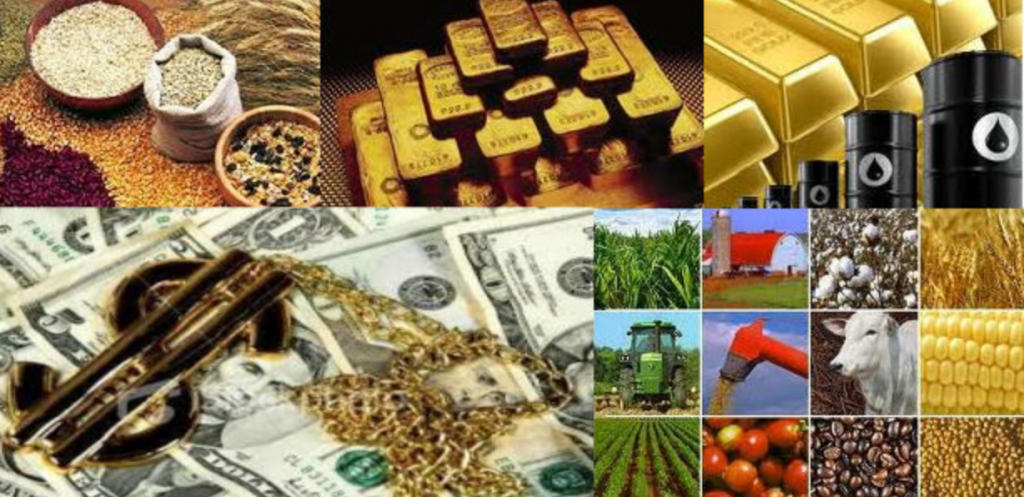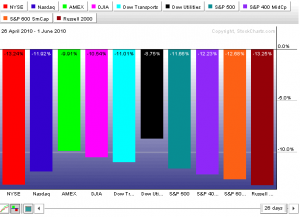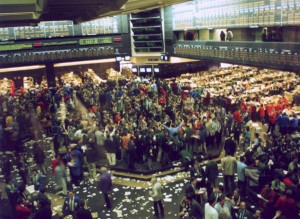
All Commodities
What is Commodity?
Examples of a Commodity are petroleum and copper.
Commodities are often substances that come out of the earth and maintain roughly a universal price.
The price of copper is universal and fluctuates daily based on global supply and demand.
Stereo systems, on the other hand, have many aspects of product differentiation, such as the brand, the user interface, the perceived quality, etc. And, the more valuable a stereo is perceived to be, the more it will cost.
In contrast, one of the characteristics of a commodity good is that its price is determined as a function of its market as a whole.
Well-established physical commodities have actively traded spot and derivative markets.
Generally, these are basic resources and agricultural products such as iron ore, crude oil, coal, salt, sugar, coffee beans, soybeans, aluminum, copper, rice, wheat, Sugar Gold, silver, palladium, and platinum.
Soft commodities are goods that are grown, while hard commodities are the ones that are extracted through mining.
There is another important class of energy commodities which includes electricity, gas, coal, and oil.
Electricity has the particular characteristic that it is either impossible or uneconomical to store, hence, electricity must be consumed as soon as it is produced.
Commoditization (also called commodification) occurs as a goods or services market loses differentiation across its supply base, often by the diffusion of the intellectual capital necessary to acquire or produce it efficiently.
As such, goods that formerly carried premium margins for market participants have become commodities, such as generic pharmaceuticals and silicon chips.
There is a spectrum of commodification, rather than a binary distinction of “commodity versus differentiable product”. Few products have complete undifferentiability and hence fungibility; even electricity can be differentiated in the market based on its method of generation (e.g., fossil fuel, wind, solar).
Many products’ degree of commodification depends on the buyer’s mentality and means. For example, milk, eggs, and notebook paper are considered by many customers as completely undifferentiable and fungible; the lowest price is the only deciding factor in the purchasing choice.
Other customers take into consideration other factors besides price, such as environmental sustainability and animal welfare.
To these customers, distinctions such as organic-versus-not or cage-free-versus-not count toward differentiating brands of milk or eggs, and the percentage of recycled content or forestry council certification count toward differentiating brands of notebook paper.
Larger considerations can enter these equations, such as systemic socioeconomic unfairness, deception, and authentication (e.g., a brand may greenwash its product and consumers lack practical ways to authenticate the claims).
some information is taken From Wikipedia
For Retirement Planning they Call it the New Gold! Nowadays, investors diversify their investment portfolio by investing in Cryptocurrencies like Bitcoin and others. Investors diversify their Retirement portfolio by adding Gold Bars, Silver, Cryptocurrency like
- Litecoin (LTC) Litecoin, it was among the initial cryptocurrencies following Bitcoin and was often referred to as ‘silver to Bitcoin’s gold.
- Ethereum (ETH) …
- Zcash (ZEC)
- Ripple (XRP) …
- Monero (XMR)




